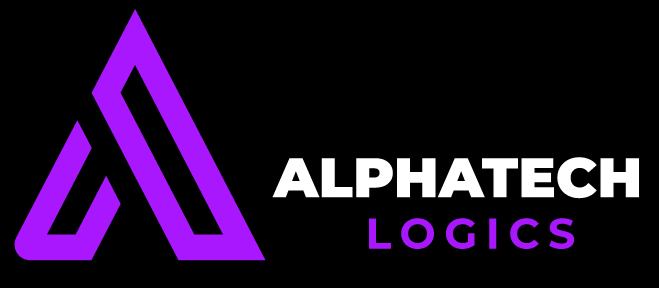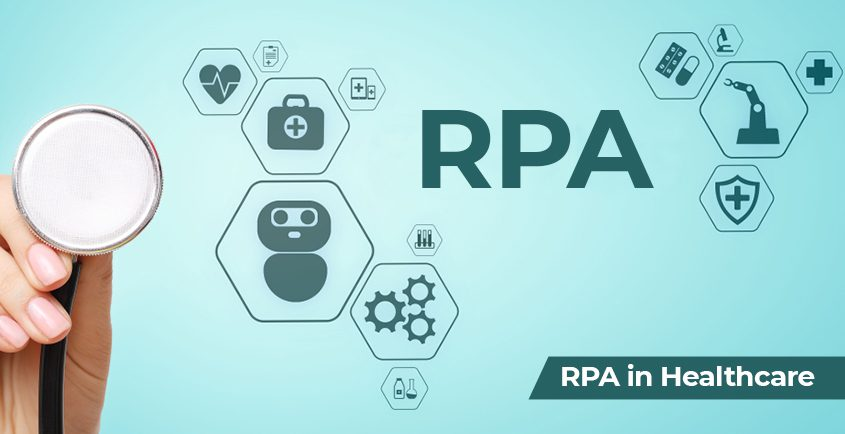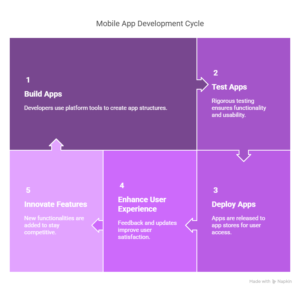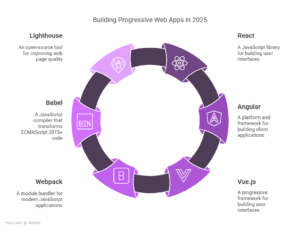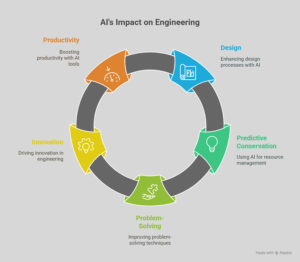RPA in Healthcare: Use Cases, Benefits & Challenges
The healthcare industry is undergoing a digital transformation, driven by the need for improved efficiency, reduced costs, and enhanced patient care. Robotic Process Automation (RPA) has emerged as a powerful tool to address these challenges. RPA involves the use of software robots or “bots” to automate repetitive, rule-based tasks, freeing up healthcare professionals to focus on more complex and value-added activities. In this article, we explore the use cases, benefits, and challenges of RPA in healthcare.
Use Cases of RPA in Healthcare
RPA is being adopted across various functions in healthcare, streamlining operations and improving outcomes. Here are some key use cases:
1. Patient Appointment Scheduling
RPA bots can automate the scheduling of patient appointments by integrating with electronic health records (EHR) and calendar systems. They can send reminders, reschedule appointments, and handle cancellations, reducing no-shows and improving patient satisfaction.
2. Claims Processing
Insurance claims processing is a complex and time-consuming task. RPA can automate data entry, validate claims, check for errors, and ensure compliance with regulations. This reduces processing times and minimizes claim denials.
3. Billing and Revenue Cycle Management
RPA can streamline billing processes by automating invoice generation, payment posting, and reconciliation. It ensures accuracy and reduces delays in revenue collection, improving cash flow for healthcare providers.
4. Patient Data Management
RPA bots can extract and update patient information from multiple sources, ensuring that EHRs are accurate and up-to-date. This eliminates manual data entry errors and enhances data consistency.
5. Inventory Management
Hospitals and clinics can use RPA to monitor and manage medical supplies and equipment. Bots can track inventory levels, place orders, and generate alerts for low stock, ensuring that critical supplies are always available.
6. Regulatory Compliance
Healthcare organizations must comply with strict regulations such as HIPAA and GDPR. RPA can automate compliance checks, generate audit reports, and ensure that sensitive patient data is handled securely.
7.Telehealth Support
With the rise of telehealth, RPA can assist in managing virtual consultations by automating appointment scheduling, sending reminders, and collecting patient feedback.
Benefits of RPA in Healthcare
The adoption of RPA in healthcare offers numerous benefits, including:
1. Improved Efficiency
By automating repetitive tasks, RPA reduces the time and effort required to complete administrative processes, allowing healthcare staff to focus on patient care.
2. Cost Savings
RPA lowers operational costs by minimizing manual labor and reducing errors. This is particularly important in an industry where margins are often tight.
3. Enhanced Accuracy
RPA eliminates human errors in data entry, billing, and claims processing, ensuring that records are accurate and up-to-date.
4. Better Patient Experience
Faster appointment scheduling, reduced wait times, and improved communication lead to higher patient satisfaction.
5. Scalability
RPA bots can handle large volumes of tasks without the need for additional staff, making it easier for healthcare organizations to scale their operations.
6. Regulatory Compliance
Automated compliance checks reduce the risk of penalties and ensure that healthcare organizations adhere to industry regulations.
Challenges of RPA in Healthcare
While RPA offers significant advantages, its implementation in healthcare is not without challenges:
1. Integration with Legacy Systems
Many healthcare organizations rely on outdated systems that may not be compatible with RPA solutions. Integrating RPA with these systems can be complex and costly.
2. Data Security Concerns
Healthcare data is highly sensitive, and any breach can have serious consequences. Ensuring that RPA bots handle data securely and comply with regulations is critical.
3. Resistance to Change
Healthcare staff may be resistant to adopting new technologies, fearing job displacement or increased workload during the transition phase.
4. High Initial Investment
While RPA can lead to long-term cost savings, the initial investment in software, training, and implementation can be significant.
5. Limited Scope for Complex Tasks
RPA is best suited for repetitive, rule-based tasks. It may not be effective for processes that require human judgment or decision-making.
6. Maintenance and Updates
RPA bots require regular maintenance and updates to remain effective. This can be resource-intensive for healthcare organizations.
The Future of RPA in Healthcare
The future of RPA in healthcare looks promising, with advancements in artificial intelligence (AI) and machine learning (ML) enhancing its capabilities. Intelligent automation, which combines RPA with AI, can handle more complex tasks and make data-driven decisions. For example, AI-powered bots can analyze patient data to identify trends and recommend treatment options.
As healthcare organizations continue to embrace digital transformation, RPA will play a crucial role in improving operational efficiency, reducing costs, and enhancing patient care. However, successful implementation requires careful planning, stakeholder buy-in, and a focus on addressing the challenges associated with the technology.
Conclusion
RPA is revolutionizing the healthcare industry by automating repetitive tasks, improving efficiency, and reducing costs. From patient appointment scheduling to claims processing and regulatory compliance, the use cases for RPA are vast and impactful. While challenges such as integration with legacy systems and data security concerns exist, the benefits far outweigh the drawbacks. As technology continues to evolve, RPA will become an indispensable tool for healthcare organizations striving to deliver high-quality care in an increasingly complex and demanding environment.

